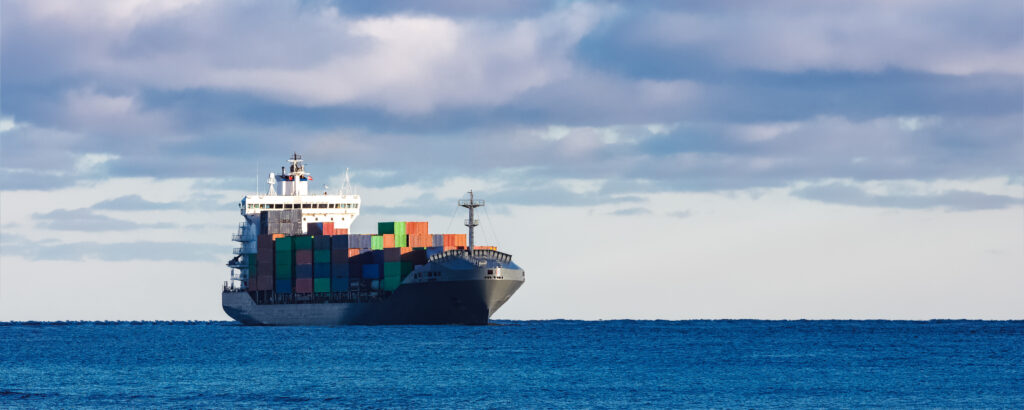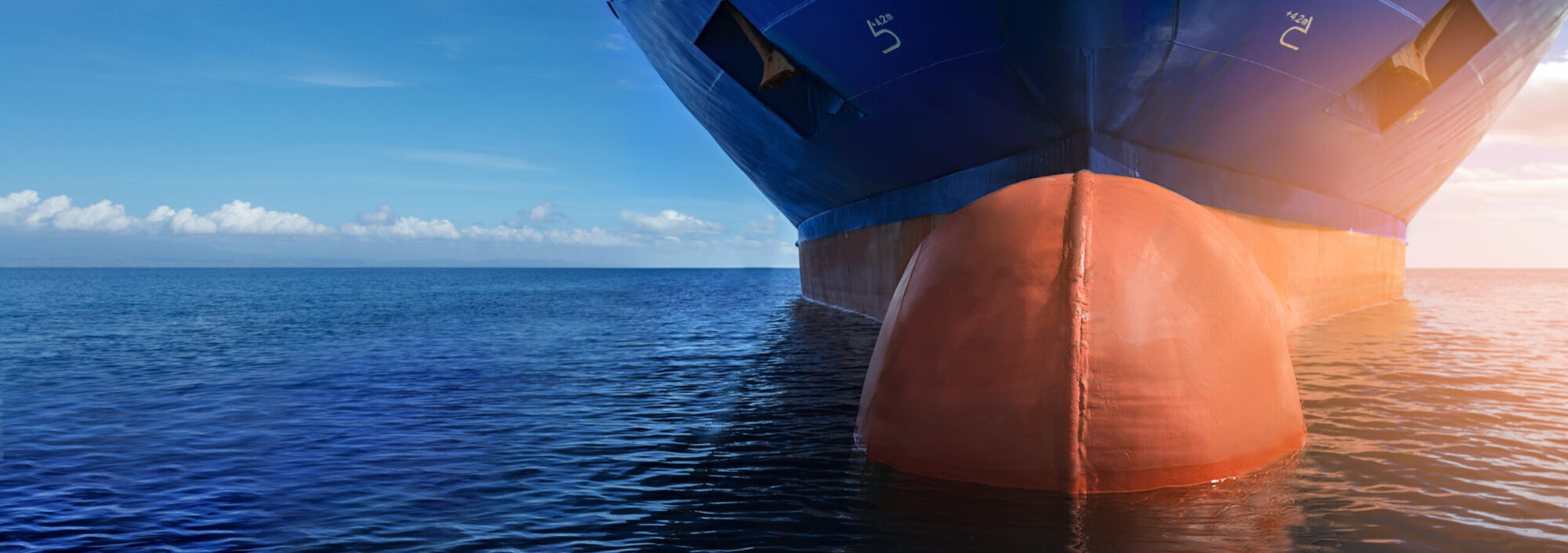UWILD Hull inspections, Seachest inspections, Ultrasonic thickness, Cathodic protection, Visual and ACFM weld inspections.
Ensuring the Integrity of Subsea Assets, Including Ships: The Critical Role of Inspections
Subsea assets, including ships and vessels, are the lifeblood of the maritime industry. They navigate treacherous waters, transporting goods and people across the globe. The safety and efficiency of these ships are paramount, making regular inspections an indispensable practice. Let’s delve into some of the key inspections that are critical for ship integrity and maritime safety.
1. Hull Inspections:
For ships, hull integrity is non-negotiable. Hull inspections involve a comprehensive examination of the vessel’s outer surface, checking for signs of corrosion, cracks, or other damage. Identifying and addressing issues promptly ensures the seaworthiness of the ship and reduces the risk of leaks or structural failures at sea.
2. Seachest Inspections:
Seachests, essential components of marine vessels, are responsible for drawing in seawater for various purposes, including cooling systems. Regular seachest inspections are vital to ensure they remain clear of debris and marine growth, thereby maintaining the efficiency of critical ship systems and preventing costly blockages.
3. Ultrasonic Thickness Measurements:
Ships are subjected to constant exposure to the corrosive effects of seawater. Ultrasonic thickness measurements are indispensable for assessing the condition of a ship’s structure. By identifying areas of corrosion or material thinning, these measurements enable targeted maintenance, extending the ship’s operational life and safety.
4. Cathodic Protection Assessments:
Cathodic protection systems play a pivotal role in preventing corrosion by applying a low voltage current to the ship’s structure. Regular assessments are essential to confirm that these systems are functioning correctly and providing the necessary protection against corrosion, ensuring the longevity of the vessel.
5. DVI and ACFM Weld Inspections:
Welded joints are critical points of concern in ship construction. Visual inspections and advanced non-destructive techniques like Alternating Current Field Measurement (ACFM) are employed to identify weld defects or cracks. Rigorous scrutiny of these welds ensures the structural integrity and safety of the ship.
Regular and thorough ship inspections are the backbone of maritime safety. They are not just about preventing costly failures but also about safeguarding the lives of crew members and passengers and protecting the marine environment. In today’s technologically advanced world, these inspections have become more precise and efficient, enabling safer and more reliable maritime operations.
At Liquid Subsea Technologies, we specialize in providing cutting-edge solutions for ship and subsea inspections, ensuring the longevity and reliability of maritime assets. With a dedicated team of experts and state-of-the-art equipment, we are committed to pushing the boundaries of what is possible beneath the ocean’s surface and above it, ensuring safe and sustainable maritime transportation.
For inquiries or to learn more about our ship and subsea inspection services, visit our website at www.liquidsubsea.com or contact us today. Together, we can ensure the integrity and sustainability of ships and subsea assets for a brighter and safer future.
#LiquidSubsea #MaritimeSafety #ShipInspections #SubseaTechnology


